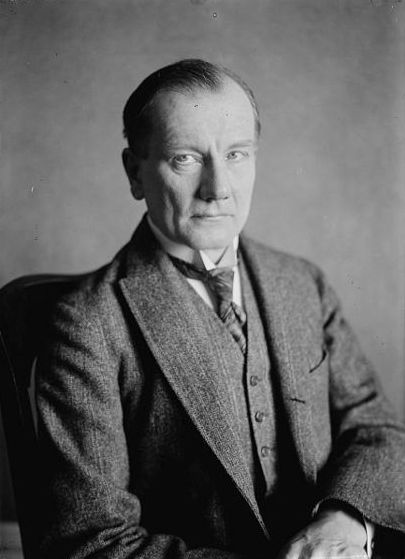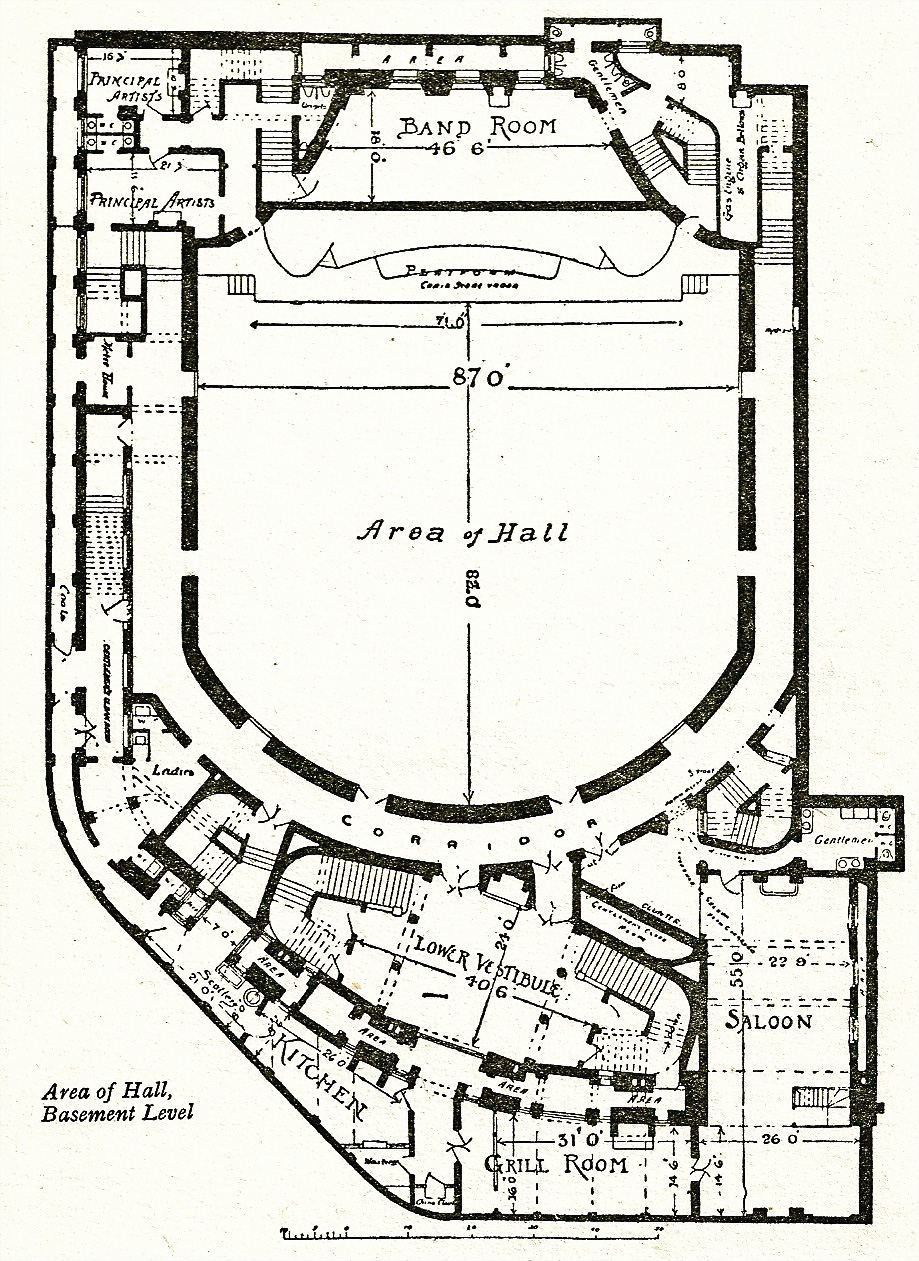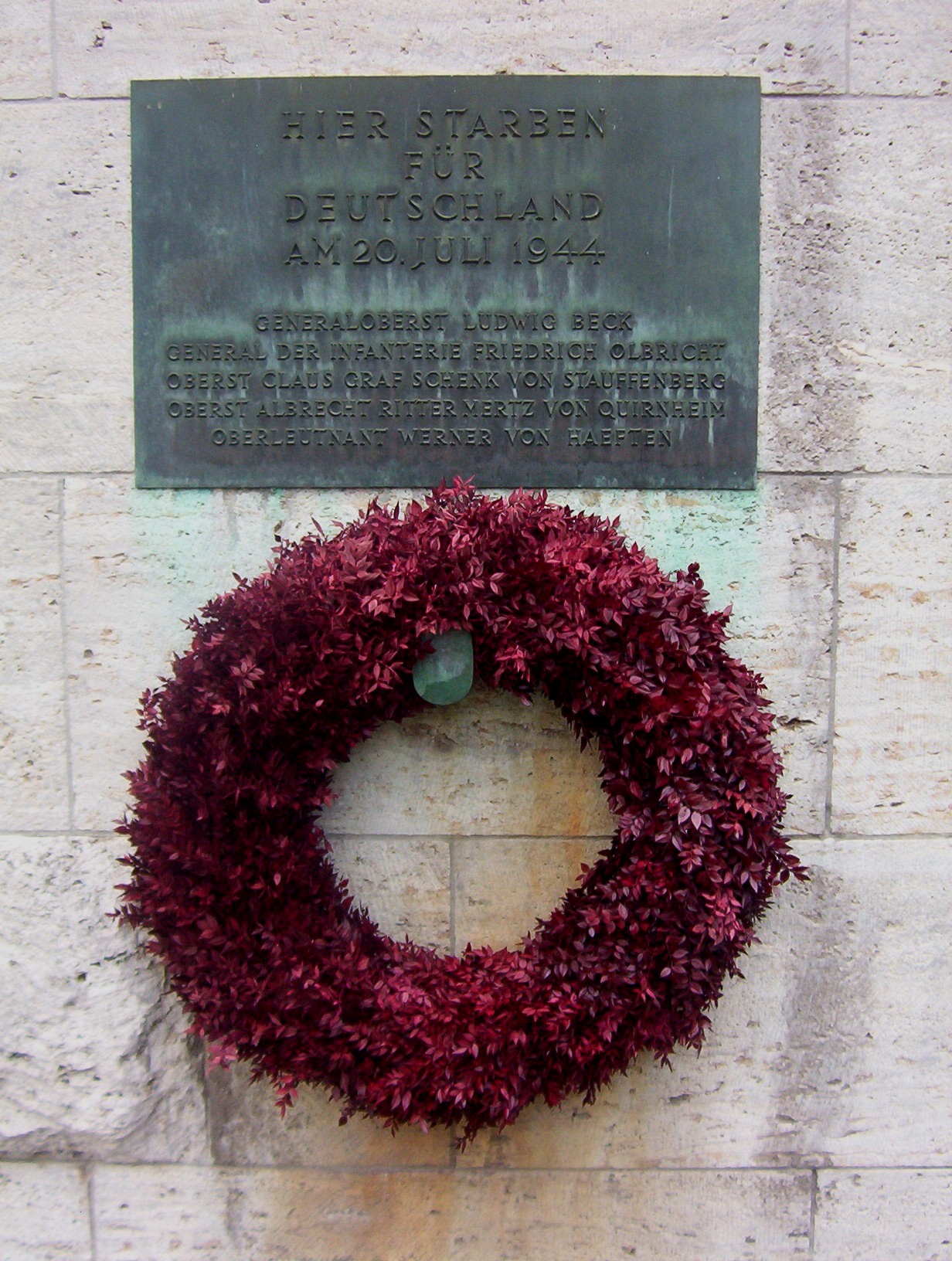|
Ernst Von Dohnányi
Ernst von Dohnányi (Hungarian: ''Dohnányi Ernő'', ; 27 July 1877 – 9 February 1960) was a Hungarian composer, pianist and conductor. He used a German form of his name on most published compositions. Biography Dohnányi was born in Pozsony, Kingdom of Hungary, Austria-Hungary (today Bratislava, capital of Slovakia). He was the son of Frigyes Dohnányi and his wife Ottilia Szlabey. He first studied music with his father, a professor of mathematics and an amateur cellist, and then when he was eight years old, with Carl Forstner, organist at the local cathedral. In 1894, in his 17th year, he moved to Budapest and enrolled in the '' Royal National Hungarian Academy of Music'', studying piano with István Thomán and composition with Hans von Koessler, a cousin of Max Reger. István Thomán had been a favorite student of Franz Liszt, while Hans von Koessler was a devotee of Johannes Brahms's music. These two influences played an important part in Dohnányi's life: Liszt on his ... [...More Info...] [...Related Items...] OR: [Wikipedia] [Google] [Baidu] |
Ernő Dohnányi
Ernő or Erno is a Finnish and Hungarian masculine given name. Notable people with the name include: * Ernő Balogh (1897-1989), Hungarian pianist, composer, editor, and educator * Ernő Bánk (1883-1962), Hungarian painter and teacher *Ernő Béres (born 1928), Hungarian long-distance runner and Olympic competitor * Ernő Csíki (1875- 194?), Hungarian entomologist * Ernő Dohnányi (1877–1960), Hungarian conductor, composer, and pianist * Ernő Foerk (1868–1934), Hungarian architect * Ernő Garami (1876-1935), Hungarian politician * Ernő Gereben (1907–1988), Hungarian–born Swiss chess master * Ernő Gerő (1898–1980), Hungarian Communist Party politician *Ernő Goldfinger (1902–1987), Hungarian-born British architect and furniture designer *Ernő Gubányi (born 1950), Hungarian handball player and Olympic competitor * Ernő Hetényi (1912–1999), Hungarian tibetologist, scholar and Buddhist * Ernő Jendrassik (1858-1921), Hungarian physician and medical researcher ... [...More Info...] [...Related Items...] OR: [Wikipedia] [Google] [Baidu] |
Queen's Hall
The Queen's Hall was a concert hall in Langham Place, London, Langham Place, London, opened in 1893. Designed by the architect Thomas Knightley, it had room for an audience of about 2,500 people. It became London's principal concert venue. From 1895 until 1941, it was the home of the The Proms, promenade concerts ("The Proms") founded by Robert Newman (impresario), Robert Newman together with Henry Wood. The hall had drab decor and cramped seating but superb acoustics. It became known as the "musical centre of the [British] British Empire, Empire", and several of the leading musicians and composers of the late 19th and early 20th centuries performed there, including Claude Debussy, Edward Elgar, Maurice Ravel and Richard Strauss. In the 1930s, the hall became the main London base of two new orchestras, the BBC Symphony Orchestra and the London Philharmonic Orchestra. These two ensembles raised the standards of orchestral playing in London to new heights, and the hall's resident ... [...More Info...] [...Related Items...] OR: [Wikipedia] [Google] [Baidu] |
Suite In F-sharp Minor (Dohnányi)
The Suite in F-sharp minor, Op. 19, sometimes called "Suite romantique", was written by Ernő Dohnányi in 1909, while he was teaching at the Berlin Hochschule für Musik. It is characterised by brilliant and lush scoring, and witty and engaging melodies with a Hungarian accent. History Dohnányi wrote the Suite simultaneously with the pantomime '' The Veil of Pierrette'', Op. 18. After completing the first two tableaux of ''Pierrette'', he wrote the first two movements of the Suite, then completed ''Pierrette'' and then the Suite. It had its premiere performance in Budapest on 21 February 1910, under the composer's baton. It was published in 1911.IMSLP Retrieved 17 August 2013 The first performance in England was on 9 October 1913, at a Prom Concert< ... [...More Info...] [...Related Items...] OR: [Wikipedia] [Google] [Baidu] |
Joseph Joachim
Joseph Joachim (28 June 1831 – 15 August 1907) was a Hungarian violinist, conductor, composer and teacher who made an international career, based in Hanover and Berlin. A close collaborator of Johannes Brahms, he is widely regarded as one of the most significant violinists of the 19th century. Joachim studied violin early, beginning in Buda at age five, then in Vienna and Leipzig. He made his debut in London in 1844, playing Beethoven's Violin Concerto, with Mendelssohn conducting. He returned to London many times throughout life. After years of teaching at the Leipzig Conservatory and playing as principal violinist of the Gewandhausorchester, he moved to Weimar in 1848, where Franz Liszt established cultural life. From 1852, Joachim served at the court of Hanover, playing principal violin in the opera and conducting concerts, with months of free time in summer for concert tours. In 1853, he was invited by Robert Schumann to the Lower Rhine Music Festival, where he met Cl ... [...More Info...] [...Related Items...] OR: [Wikipedia] [Google] [Baidu] |
World War II
World War II or the Second World War, often abbreviated as WWII or WW2, was a world war that lasted from 1939 to 1945. It involved the World War II by country, vast majority of the world's countries—including all of the great powers—forming two opposing military alliances: the Allies of World War II, Allies and the Axis powers. World War II was a total war that directly involved more than 100 million Military personnel, personnel from more than 30 countries. The major participants in the war threw their entire economic, industrial, and scientific capabilities behind the war effort, blurring the distinction between civilian and military resources. Air warfare of World War II, Aircraft played a major role in the conflict, enabling the strategic bombing of population centres and deploying the Atomic bombings of Hiroshima and Nagasaki, only two nuclear weapons ever used in war. World War II was by far the List of wars by death toll, deadliest conflict in hu ... [...More Info...] [...Related Items...] OR: [Wikipedia] [Google] [Baidu] |
German Resistance To Nazism
Many individuals and groups in Germany that were opposed to the Nazi regime engaged in active resistance, including attempts to remove Adolf Hitler from power by assassination or by overthrowing his established regime. German resistance was not recognized as a collective united resistance movement during the height of Nazi Germany, unlike the more coordinated efforts in other countries, such as Italy, Denmark, the Soviet Union, Poland, Greece, Yugoslavia, France, the Netherlands, Czechoslovakia and Norway. The German resistance consisted of small, isolated groups that were unable to mobilize widespread political opposition. Individual attacks on Nazi authority, sabotage, and the successful disclosure of information regarding Nazi armaments factories to the Allies, as by the Austrian resistance group led by Heinrich Maier prevailed alongside this as well. One strategy was to persuade leaders of the Wehrmacht to stage a coup against the regime; the 1944 assassination attemp ... [...More Info...] [...Related Items...] OR: [Wikipedia] [Google] [Baidu] |
Cleveland Orchestra
The Cleveland Orchestra, based in Cleveland, is one of the five American orchestras informally referred to as the " Big Five". Founded in 1918 by the pianist and impresario Adella Prentiss Hughes, the orchestra plays most of its concerts at Severance Hall. As of 2021, the incumbent music director is Franz Welser-Möst. In October 2020 ''The New York Times'' called it "America's finest rchestra still", and in 2012 '' Gramophone Magazine'' ranked the Cleveland Orchestra number 7 on its list of the world's greatest orchestras. History Founding and early history (1918–1945) The Cleveland Orchestra was founded in 1918 by music-aficionado Adella Prentiss Hughes, businessman John L. Severance, Father John Powers, music critic Archie Bell, and Russian-American violinist and conductor Nikolai Sokoloff, who would become the Orchestra’s first music director. A former pianist, Hughes served as a local music promoter and sponsored a series of “Symphony Orchestra Concerts” designe ... [...More Info...] [...Related Items...] OR: [Wikipedia] [Google] [Baidu] |
Christoph Von Dohnányi
Christoph von Dohnányi (; born 8 September 1929) is a German conductor. Biography Youth and World War II Dohnányi was born in Berlin, Germany to Hans von Dohnanyi, a German jurist of Hungarian ancestry, and Christine Bonhoeffer. His uncle on his mother's side, and also his godfather, was Dietrich Bonhoeffer, a Lutheran pastor and theologian/ethicist. His grandfather was the pianist and composer Ernő Dohnányi, also known as Ernst von Dohnányi. His father, uncle and other family members participated in the German Resistance movement against Nazism, and were arrested and detained in several Nazi concentration camps before being executed in 1945, when Christoph was 15 years old. Dohnányi's older brother is Klaus von Dohnanyi, a German politician and former mayor of Hamburg. Education and early engagements After World War II, Dohnányi studied law in Munich, but in 1948 he transferred to the ''Hochschule für Musik und Theater München'' to study composition, piano and con ... [...More Info...] [...Related Items...] OR: [Wikipedia] [Google] [Baidu] |
Klaus Von Dohnányi
Klaus von Dohnanyi (born 23 June 1928) is a German politician of the Social Democratic Party (SPD). He served as mayor of Hamburg between 1981 and 1988. Early life and career Dohnanyi was born in Hamburg, the son of Christine von Dohnanyi and Hans von Dohnanyi, a lawyer, and a nephew of the Lutheran theologian Dietrich Bonhoeffer. His grandfather was the celebrated Hungarian composer Ernst von Dohnányi. Both his father and uncle were executed in 1945 as members of the anti-Nazi German Resistance. His younger brother Christoph is a conductor. He also has a sister, Barbara. After studying law at the University of Munich, and later in the United States at Columbia, Stanford and Yale universities, Dohnanyi started his career with the Max Planck Institute for International Private Law. He then moved to Ford Motor Company, the car manufacturer, working for the company in both Detroit and Cologne where he was head of the Planning Division. From 1960 to 1967, he was a Managing Part ... [...More Info...] [...Related Items...] OR: [Wikipedia] [Google] [Baidu] |
Hans Von Dohnányi
Hans von Dohnanyi (; originally ''Johann von Dohnányi'' ; 1 January 1902 – 8 or 9 April 1945) was a German jurist. He used his position in the Abwehr to help Jews escape Germany, worked with German resistance against the Nazi régime, and after the failed 20 July Plot, he was accused of being the "spiritual leader" of the conspiracy to assassinate Hitler, and executed by the SS in 1945. Early life Hans von Dohnanyi was born to the Hungarian composer Ernő Dohnányi and his wife, the pianist Elisabeth Kunwald. After his parents divorced, he grew up in Berlin. He went to the Grunewald '' Gymnasium'' there, becoming friends with Dietrich and Klaus Bonhoeffer. From 1920 to 1924, he studied law in Berlin. In 1925, he received a doctorate in law with a dissertation on "The International Lease Treaty and Czechoslovakia's Claim on the Lease Area in Hamburg Harbour". After taking the first state exam in 1924, he married Christel Bonhoeffer, daughter of Karl Bonhoeffer an ... [...More Info...] [...Related Items...] OR: [Wikipedia] [Google] [Baidu] |
Symphony No
A symphony is an extended musical composition in Western classical music, most often for orchestra. Although the term has had many meanings from its origins in the ancient Greek era, by the late 18th century the word had taken on the meaning common today: a work usually consisting of multiple distinct sections or movements, often four, with the first movement in sonata form. Symphonies are almost always scored for an orchestra consisting of a string section (violin, viola, cello, and double bass), brass, woodwind, and percussion instruments which altogether number about 30 to 100 musicians. Symphonies are notated in a musical score, which contains all the instrument parts. Orchestral musicians play from parts which contain just the notated music for their own instrument. Some symphonies also contain vocal parts (e.g., Beethoven's Ninth Symphony). Etymology and origins The word ''symphony'' is derived from the Greek word (), meaning "agreement or concord of sound", "c ... [...More Info...] [...Related Items...] OR: [Wikipedia] [Google] [Baidu] |


.jpg)


.jpg)
